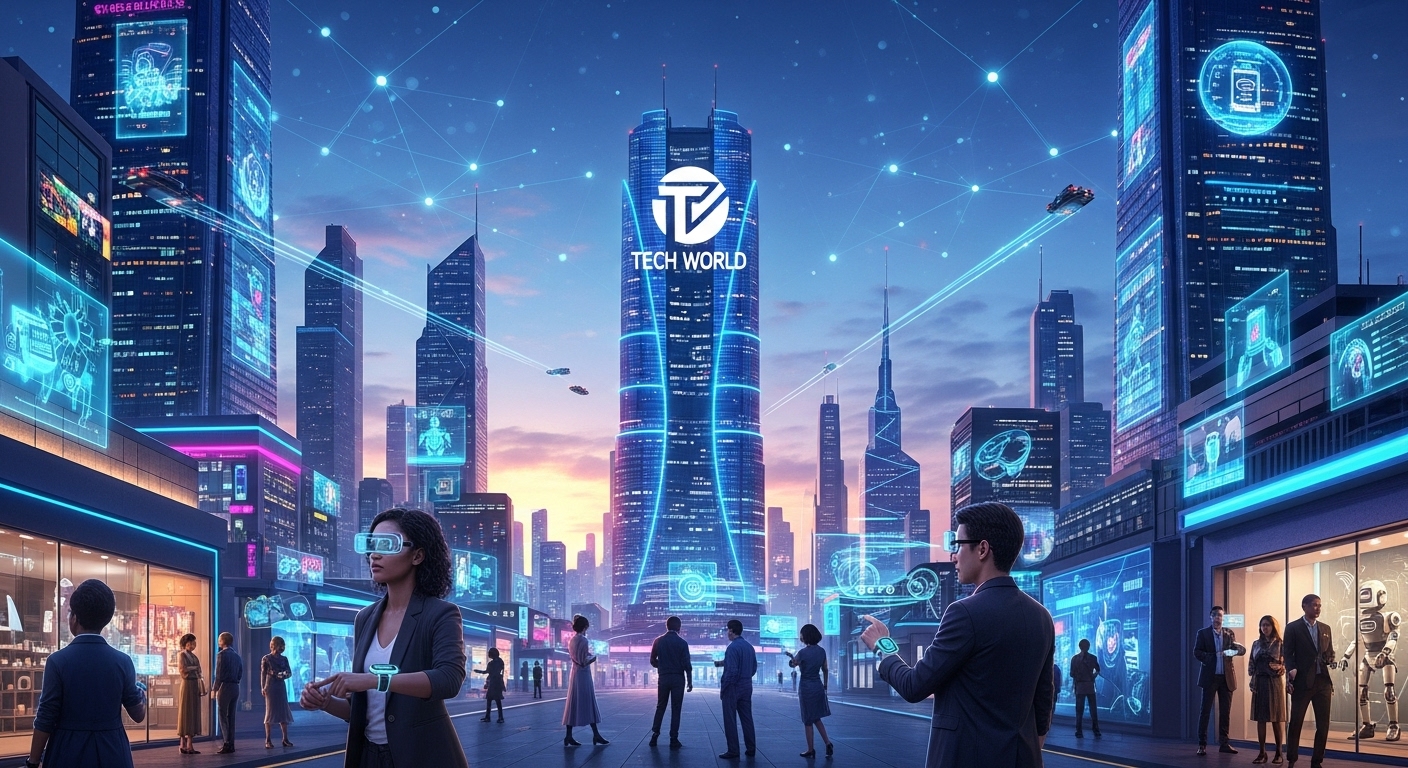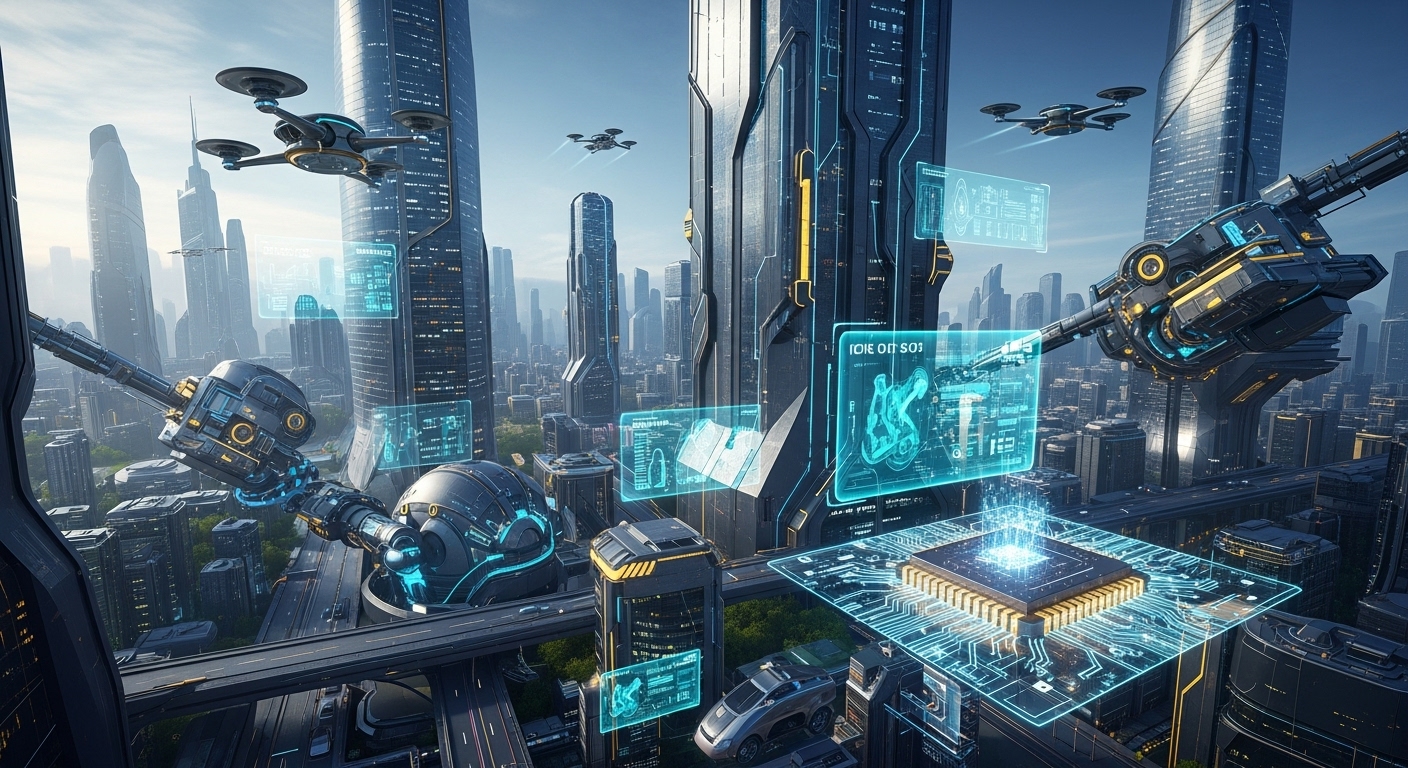Introduction
Cities have always been the heartbeat of human civilization. They are hubs of trade, culture, governance, and innovation. As the global population continues to grow and urban areas become increasingly congested, the concept of smart cities has emerged as a solution to many of the challenges facing modern societies. A smart city is not simply a place with advanced infrastructure but a holistic ecosystem where technology, governance, sustainability, and citizen engagement work together to create efficient, livable, and resilient communities.
The process of building smart cities involves more than just adding sensors or constructing modern skyscrapers. It requires rethinking how cities function, how resources are distributed, and how people interact with their environment. From traffic management systems powered by artificial intelligence to renewable energy grids, from digital healthcare platforms to sustainable housing, smart cities combine cutting-edge technology with thoughtful urban planning.
In this blog, we will explore how smart cities are being built, the technologies that power them, the planning strategies behind them, the challenges they face, and the promise they hold for the future.
The Origins of the Smart City Concept
The idea of a smart city was born from the need to manage rapid urbanization. As populations migrated toward cities in search of economic opportunities, infrastructure became strained. Issues such as traffic congestion, pollution, waste management, and energy consumption highlighted the limits of traditional urban planning.
In response, governments, businesses, and technologists began looking for ways to integrate digital tools into city management. Early smart city initiatives focused on introducing internet-connected systems that could monitor and respond to urban problems in real time. Over the years, the concept evolved into something more comprehensive, encompassing sustainability, social equity, and long-term resilience.
Smart cities today are not only about technology but also about creating spaces where people can live better, healthier, and more sustainable lives.
Core Principles of Smart City Development
Building smart cities is guided by a set of principles that define their purpose and functionality. These include:
- Efficiency: Using data and technology to optimize resources such as water, electricity, and public services.
- Sustainability: Reducing carbon footprints through renewable energy, eco-friendly construction, and green spaces.
- Connectivity: Ensuring that citizens, businesses, and services are interconnected through digital infrastructure.
- Inclusivity: Creating accessible solutions that cater to all demographics, including marginalized communities.
- Resilience: Designing cities that can adapt to environmental, economic, or social shocks.
These principles shape every aspect of smart city planning, from transportation systems to governance models.
The Role of Technology in Smart Cities
Technology is the backbone of any smart city. It enables data collection, analysis, and application in ways that make urban living more efficient and responsive.
Internet of Things (IoT)
At the heart of smart cities lies the Internet of Things. IoT refers to a network of sensors, devices, and systems that communicate with each other to monitor and control infrastructure. From smart meters in homes to traffic sensors on highways, IoT provides real-time data that helps governments and citizens make informed decisions.
Artificial Intelligence and Data Analytics
Artificial intelligence processes the vast amounts of data collected by IoT devices. AI can predict traffic patterns, detect waste management inefficiencies, or optimize energy usage in buildings. Data analytics also allows city planners to identify long-term trends and create proactive strategies.
Smart Infrastructure
Smart cities require infrastructure that is digitally integrated. This includes buildings with automated systems for energy use, roads embedded with traffic-monitoring sensors, and power grids capable of balancing renewable energy sources with traditional ones.
5G Connectivity
Fast and reliable internet is essential for smart city operations. 5G networks provide the bandwidth and speed necessary for real-time communication between devices and systems. This connectivity enables services like autonomous vehicles, telemedicine, and smart public safety networks.
Sustainable Energy and Smart Grids
One of the biggest challenges in urban development is energy consumption. Smart cities are addressing this by integrating renewable energy sources and smart grids.
Renewable Energy
Solar panels, wind turbines, and other renewable energy technologies are becoming common in smart cities. By diversifying energy sources, cities reduce dependence on fossil fuels and lower greenhouse gas emissions.
Smart Grids
Smart grids allow for efficient energy distribution by monitoring demand and adjusting supply accordingly. They can redirect power from renewable sources during peak production and store excess energy for later use. This flexibility ensures that cities have reliable and sustainable power supplies.
Smart Transportation Systems
Transportation is a defining feature of city life, and smart cities are revolutionizing how people and goods move.
Intelligent Traffic Management
AI-powered traffic lights and sensors reduce congestion by adapting signals to real-time traffic conditions. This not only cuts travel times but also reduces emissions from idling vehicles.
Public Transportation Innovations
Smart cities prioritize efficient public transport. Real-time tracking apps, digital payment systems, and on-demand services make buses, trains, and trams more attractive to commuters.
Autonomous and Electric Vehicles
The integration of electric and autonomous vehicles into smart cities is gaining momentum. Charging stations are strategically placed throughout urban areas, while autonomous taxis and shuttles offer new mobility options.
Waste Management and Environmental Solutions
Waste management is a critical issue in urban areas. Smart cities are adopting technology-driven solutions to tackle this challenge.
Smart Waste Bins
Equipped with sensors, these bins notify waste management systems when they are full, ensuring efficient collection routes. This reduces unnecessary trips and saves fuel.
Recycling and Circular Economy
Smart cities promote recycling by using automated sorting systems and creating incentives for citizens to reduce waste. Circular economy initiatives ensure that materials are reused, reducing strain on natural resources.
Green Spaces and Urban Farming
To combat pollution and provide healthier environments, smart cities incorporate green spaces, vertical gardens, and urban farms. These initiatives improve air quality, support biodiversity, and supply fresh produce to residents.
Digital Healthcare in Smart Cities
Healthcare is a cornerstone of quality living, and smart cities leverage technology to make it more accessible and effective.
Telemedicine
With digital platforms, patients can consult doctors remotely, reducing the need for hospital visits and making healthcare accessible to remote populations.
Health Monitoring
Wearable devices track vital signs and send data to healthcare providers, allowing for early diagnosis and prevention.
Smart Hospitals
Hospitals in smart cities are equipped with digital record-keeping, automated systems, and AI diagnostic tools, improving efficiency and patient care.
Education in Smart Cities
Education in smart cities is driven by digital integration and lifelong learning opportunities.
Smart Classrooms
Interactive boards, digital textbooks, and online platforms create engaging and accessible learning environments.
Online and Hybrid Learning
Smart cities embrace flexible education systems that combine physical classrooms with digital tools, making learning adaptable to diverse needs.
Lifelong Learning Initiatives
Citizens are encouraged to continually update their skills through online courses and training programs, ensuring that the workforce remains relevant in rapidly changing industries.
Governance and Citizen Engagement
Smart cities are not just about technology but also about governance that is transparent, efficient, and participatory.
E-Governance
Digital platforms enable citizens to access government services online, from paying taxes to applying for permits. This reduces bureaucracy and increases efficiency.
Citizen Participation
Smart cities use apps and platforms that allow residents to voice concerns, report issues, and participate in decision-making processes. This ensures that governance reflects the needs of the community.
Data-Driven Policymaking
Governments can make more informed decisions by analyzing data collected from various sources. This leads to better resource allocation and long-term planning.
Challenges in Building Smart Cities
While the vision of smart cities is inspiring, the process of building them comes with challenges.
The Digital Divide
Not all citizens have equal access to digital tools or the internet. Without addressing this gap, smart cities risk deepening inequalities.
Privacy and Security
With vast amounts of personal data being collected, safeguarding privacy is a major concern. Cybersecurity must be prioritized to prevent misuse of data.
Financial and Political Barriers
Building smart cities requires significant investment and political will. Limited budgets, changing governments, and competing priorities can slow progress.
Technological Overreliance
Excessive dependence on technology can make cities vulnerable to system failures or cyberattacks. Balance is necessary to ensure resilience.
Examples of Smart City Development
Different cities around the world are adopting smart city initiatives based on their unique needs. Some focus on transportation, others on sustainability, and still others on digital governance. While each city’s approach is different, the common goal remains the creation of livable, efficient, and sustainable urban environments.
The Future of Smart Cities
The future of smart cities is promising. Advancements in artificial intelligence, robotics, and biotechnology will bring even more innovative solutions to urban challenges. The integration of renewable energy, climate resilience strategies, and human-centered design will ensure that smart cities are not only technologically advanced but also environmentally and socially sustainable.
Future smart cities will be adaptive, continuously evolving with changing needs and technologies. They will be spaces where citizens actively shape their environments, and where technology works invisibly in the background to make life safer, healthier, and more enjoyable.
Conclusion
Smart cities are being built at the intersection of technology, sustainability, and human-centered design. They represent a shift from reactive governance to proactive planning, from isolated services to interconnected systems, and from resource-heavy infrastructure to sustainable solutions.
While challenges such as inequality, privacy, and funding remain, the benefits of smart cities far outweigh the drawbacks when planned thoughtfully. By integrating technology into every aspect of urban living—energy, transport, healthcare, education, and governance—smart cities offer a blueprint for the future of human civilization.
The journey to building smart cities is ongoing, but one thing is certain: they are not just cities with more gadgets or faster internet. They are communities reimagined for a sustainable, connected, and inclusive future.


